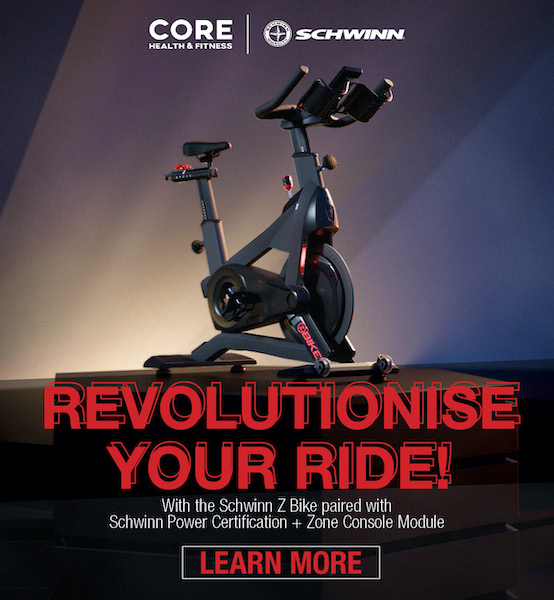Innovation: Changing the game
Dr Kim Duffy, life sciences product manager at Vicon, says combining optical and inertial technologies will unleash a new generation of motion capture technology designed to improve performance
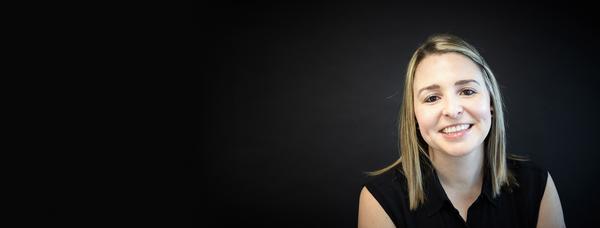
Motion capture is well-established as an essential tool, not only for biomechanics research, but also for injury rehabilitation and training at all levels.
Its importance has been reinforced by the growing numbers of sports bodies seeking to standardise and classify the various technologies available to players, coaches and teams.
For example, earlier this year FIFA, one of the world’s most powerful governing bodies in sport, announced a new global standard for Electronic Performance and Tracking Systems (EPTS). As part of its Quality Programme, the new FIFA standard not only sets the highest bar possible for technology vendors, it also helps club and national teams navigate the market, giving guidance to users on best practice in data capture, output and analysis.
This is a major milestone. For such a high profile body to take this step truly underlines the value of technology to maximising athletes’ performance and minimising risk of injury.
The science doesn’t stand still, however. The question is very much what comes next.
The rise of inertial data
Although FIFA has taken a lead on this issue, the fact is the need to understand performance and improve tailored care for athletes is a major priority for every sport. It’s why we’re seeing motion capture used more and more widely – from football to swimming, tennis to golf, athletics to basketball, as well as baseball, cricket, long jump, and weightlifting.
This increasing adoption also comes at a time when the research and development of motion capture technology is accelerating. Traditionally, motion capture has meant ‘optical’ camera-based systems – with markers used on the body to track the position and motion of joints and limbs.
But now, with the enhanced specification and miniaturisation of sensors, plus lower costs, we are seeing the rise of lightweight, easy-to-use, flexible and reliable wearable ‘inertial’ systems. These use a combination of accelerometers and gyroscopes to capture more data on joint impacts, limb movement and limb loads, enabling access to new insights and into athlete performance.
The capabilities of some of the latest devices are remarkable. Of particular interest is the breakthrough in exceeding previous accelerometer threshold limits – enabling field-based inertial measurement of impacts and loads up to 200g. By capturing the highest speed and highest impact sporting movements, researchers and coaches are able to quantify and gain a better understanding of key movements such as cutting, deceleration, landing and sprinting.
The power of integration
Reducing guesswork and risk, the availability of more data is enabling the sector to set clearer goals and to create uniquely personalised training regimes for athletes.
However, while optical and inertial capture technologies can be used as standalone systems for focused applications, the future lies in how combined inertial and optical motion capture will help deepen our understanding of the performance assessment and rehabilitation of athletes.
By fusing optical and inertial technologies, it is possible to make the whole greater than the sum of its parts and reap huge analytic benefits. While optical technology has traditionally been limited to the lab, inertial technology takes motion capture technology out to the field. While inertial data can be analysed in real-time during a training session, bringing the most accurate, real-life data from outside into the lab for further study will bring a new depth to biomechanics research.
Alternatively, it is also possible to capture both inertial and optical data simultaneously in the lab. This gives analysts and coaches the most comprehensive picture. However, the real prize will be combining optical and inertial technologies in the field – and this is where we are seeing some of the most exciting research today.
Already it is possible to see real-time inertial data feeds alongside live video outputs from camera systems. But there is so much more potential. That might be in the form of different data visualisations – increasing the ability of coaches and athletes to have rapid access to clearly understandable and actionable tracking results – or it might be in the form of more automated audio or visual cues delivered via apps that will give prompts to coaches when a certain joint range has been achieved, for example.
These developments will be the key to tailoring training sessions and honing techniques on the fly. It is particularly the case in high-performance rehabilitation settings. Being able to relate data to real world performance and symptoms, thereby allowing confirmation or modification of subsequent load, will give coaches far more control to optimise every training session.
Real time feedback must become the new normal as human-sensor technology continues to evolve. As such, the combination of optical and inertial technologies will contribute to the improvement of athletes and increase their availability for games – ultimately improving teams’ sporting and commercial performance.
Making data work for athletes
Although we are still in the early days of understanding of how these two motion capture technologies will work together, progress is likely to be rapid. There is an increasing demand on athletes to push the limits of performance and remain injury free and, as such, there is a huge incentive to have better data with which to make assessments and plan training regimens.
However, for all the technological development, we cannot lose sight of the most important people in this equation – the athletes. While researchers are looking for more and more data to deepen their understanding of human movement, we must ensure that this data and the technology delivers benefits to the athletes.
The athletes themselves – who, after all, are doing all the hard work – must have confidence that they are making progress and that their sessions and drills are being performed at the right rate to aid a good recovery, or further improve their performance. It is crucial that we get buy-in from the players themselves, their coach, and physiotherapist. It truly is a collaborative effort.

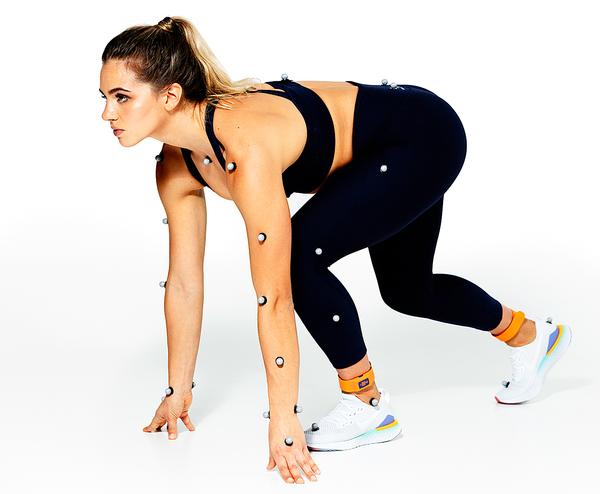
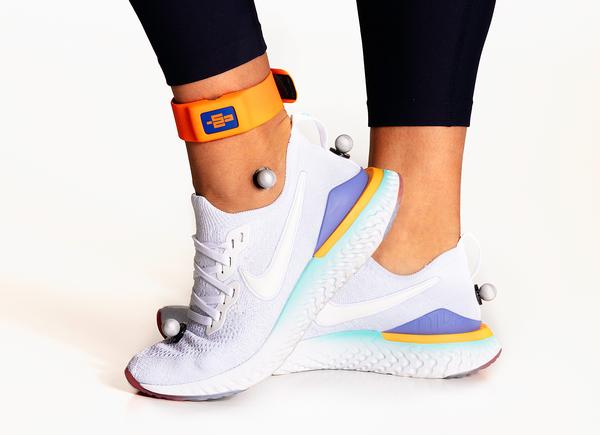
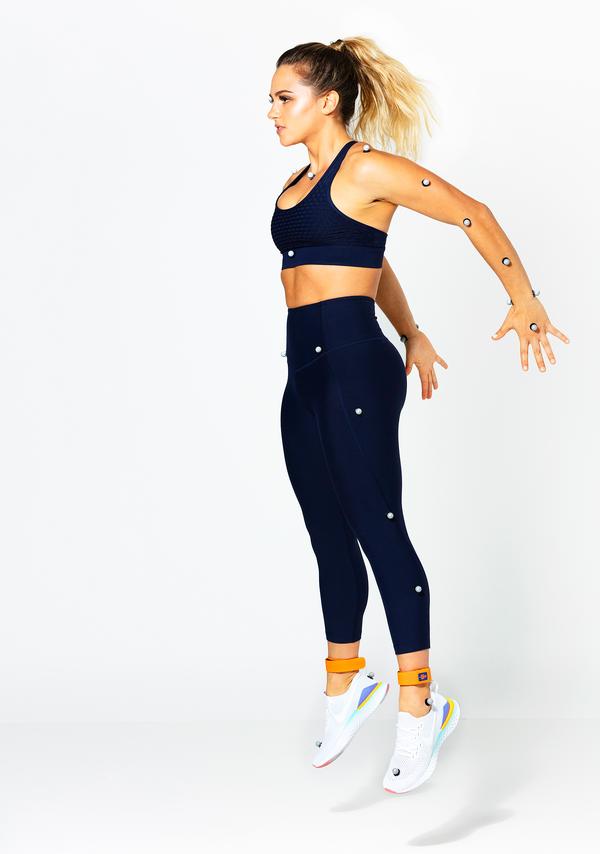
Swimming Teacher (Saturdays)
Recreation Assistant
Commercial Fitness Manager
Exercise Referral Co-ordinator
Sport Centre Team Leader
Team Leader BSV
Lifeguard/Recreation Assistant
Casual Swim Teacher
Team Leader
Lifeguard/Recreation Assistant
Leisure Centre Deputy Manager
Duty Manager
Duty Manager Golf and Athletics
Centre Manager (Leisure)
Fitness Motivator
Recreation Assistant/Lifeguard (NPLQ required)
Swimming Teacher
Swimming Teacher
Company profile
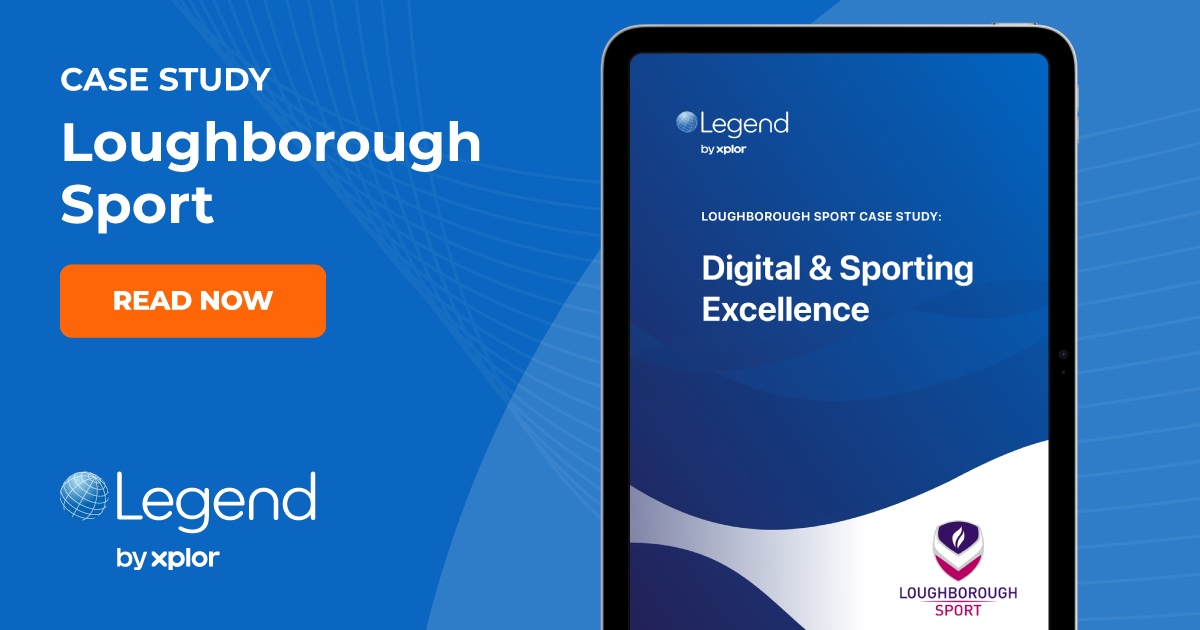
Featured Supplier

Property & Tenders
Company: Knight Frank
Company: Belvoir Castle
Company: AVISON YOUNG
Company: London Borough of Bexley
Company: Forestry England












